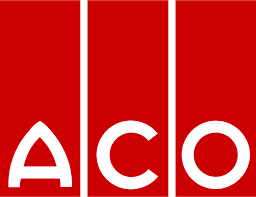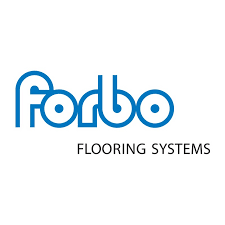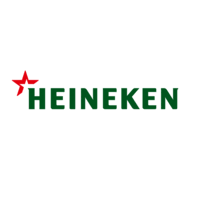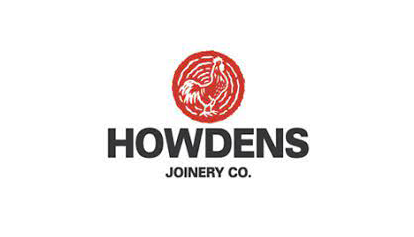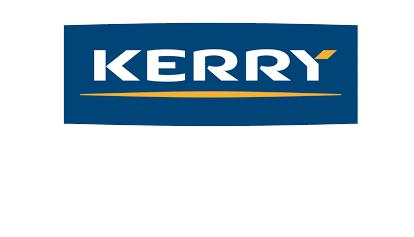
Most managers and engineers have had first hand experience of capital projects that failed to live up to expectation when introduced and needed significant attention during routine operation. The excess capital costs of these troublesome assets can be huge. Opportunity costs are high too.
Early Equipment Management (EEM) is a collaborative approach to capital projects that will systematically improve your organisations ability to deliver new product, new equipment and new systems better, faster and cheaper.
Why Early Equipment Management Was Developed
EEM was developed from research into why a high percentage of capital projects failed to deliver forecast gains. This included the use of live projects to understand the root causes of a common set of project pitfalls so that they could develop a set of countermeasures to them.
They identified that the most effective countermeasures to those pitfalls resided in the early stages of the project when key investment decisions were made and the scope of the project was defined. Hence the name Early Equipment management.
That doesn't mean that Early Equipment Management only applies to the early stages. The principles and techniques developed apply throughout the concept to beneficial operation project milestones as set out below.
What goes wrong?
Research into the causes of projects failures indicate a number of common failings such as:
- Incomplete or badly designed User Specifications so that:
- Project roles are ill defined
- Avoidable risks and preventable problems are not identified until late in the process when they are costly to resolve
- Increased Project Risks due to late or partial release of internal expertise/resources.
- Weak change management and implementation planning, leading to poor user engagement and skill development.
- Excessive focus on capital costs resulting in higher than necessary operating costs.
This is characterised by projects where:
- Participants work in project silo’s and take decisions without understanding their impact on the wider project deliverables.
- Opportunities to innovate and increase project value are not identified.
- Critical decisions are delayed or not taken.
- Communication between project stakeholders is poor, interrupted or doesn't happen.
That means that projects fail mostly due to people, collaboration and learning weaknesses rather than technical issues.
To remove these weaknesses EEM groups project decisions under three project phases and provides a toolbox for each phase. The outcome is a better understanding of the impact of choices made during each phase. That includes standards to prevent predictable but hidden weaknesses from progressing past the current step.
- Phase 1 supports decisions about the correct scope of the project, who to involve, knowledge gaps and how to develop Superior Specifications.
- Phase 2 supports assessment and collaboration with vendors to tease out latent design weaknesses, enhance project value and develop Better Project Plans,
- Phase 3 supports activities to develop internal capabilities and manage the glide path to Flawless day one operation and beyond.
Each phase supports effective project governance, stakeholder engagement and the development of insights to deliver flawless operation from day 1 and lower operating costs.
The approach has been shown to generate gains worth 30% reduction in capital costs. However, capital costs are normally a small % of the total life cycle costs. In some cases, the EEM process has been able to reduce operational life cycle cost by as much as 50%.
One organisation was able to recoup the cost of a multi million capital investment during the first year of operation through the combination of faster operational start up and lower operating costs. They achieved 100% ROI compared to the forecast (and frequently missed) ROI of 15%.
In addition to these gains, each new project builds the internal ability to deliver projects in less time with less effort. That is Better, Faster, Cheaper!
Contact us to find out more about how we can help to improve your Capital Project performance.

